Learning to play an instrument is one of the most rewarding experiences a child can have. The benefits of studying music are immense – it builds confidence, sharpens focus, and exposes children to the magic of creativity. As a homeschooling parent, you may be eager to provide your child with the gift of music education. However taking on the additional expense of private music lessons can seem daunting, especially when working within the constraints of a homes school budget.
The good news is that high-quality music instruction need not break the bank. With a bit of research and planning, you can secure affordable lessons tailored to your child’s interests and homeschool schedule. This article breaks down what to expect when pricing out music lessons and offers tips for keeping costs manageable.
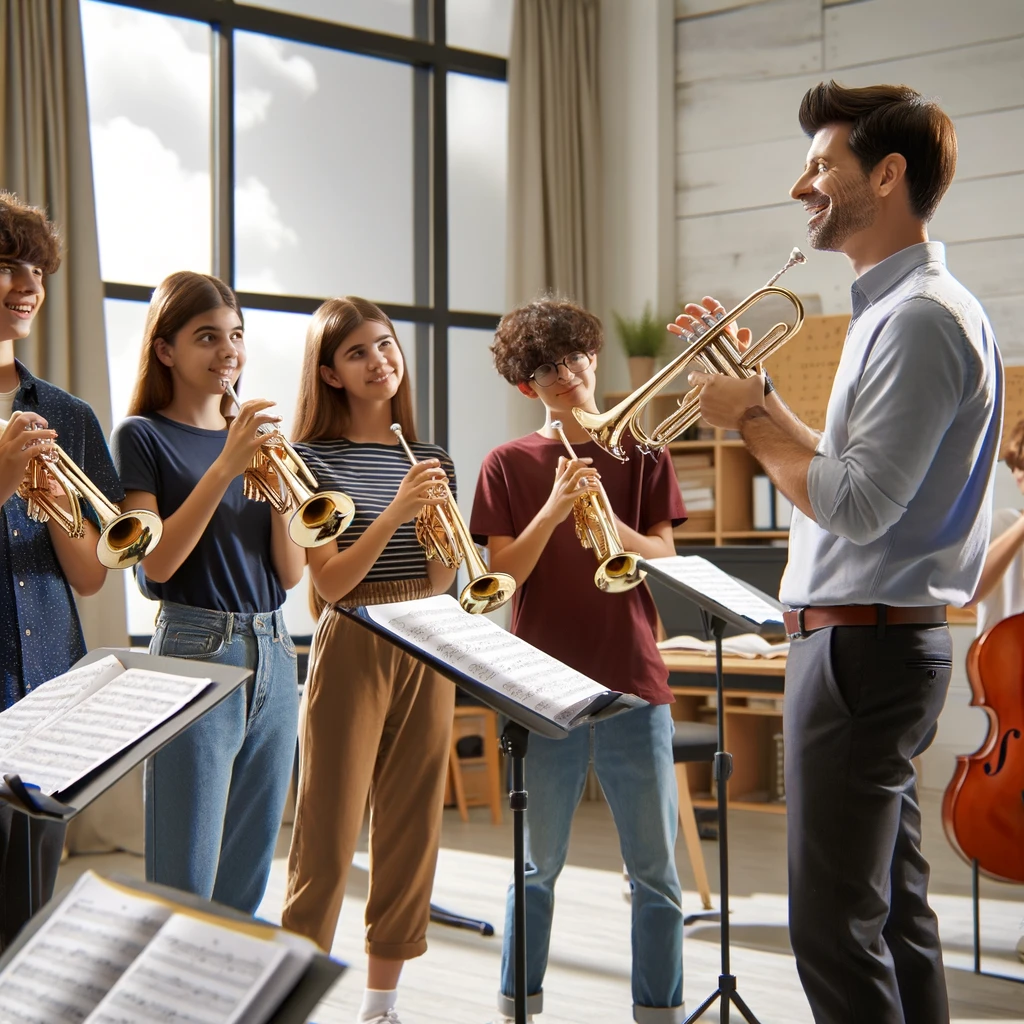
Factors That Impact Cost
Like any specialized skill, the rates charged by music teachers vary based on factors like:
– Teacher’s level of education and experience
– Geographic location
– Length of lesson (30 min, 45 min, 60 min)
– Travel fees or studio rental fees
– Group vs. private lessons
Generally, lessons taught by teachers holding music degrees or with many years of professional performance experience will be at the higher end of the range. Lessons in major metropolitan areas will also cost more than in rural locations due to higher demand and cost of living.
30-minute private lessons are the norm for children starting out, ranging from $15-$50 per lesson on average. Longer lesson lengths allow for more in-depth instruction but come with a higher price tag. Group lessons or semi-private lessons (two students) offer savings over private lessons.
Ways to Reduce Music Lesson Costs
While rates are commensurate with a teacher’s expertise and overhead expenses, there are many ways to reduce the overall investment required:
– Inquire about sliding scale or reduced rates for homeschoolers – some teachers offer discounts to make lessons affordable for all students.
– Consider taking group or semi-private lessons – while still receiving quality personalized attention, costs can be spread across multiple students.
– Inquire about lesson swaps with other homeschool families – trade music lessons for subject expertise in another area.
– Begin with 30-minute lessons and shorter lesson durations for younger children. Increase length as they progress.
– Set a lesson frequency that fits your budget – weekly, bi-weekly, or monthly. More sporadic lessons are better than no lessons at all!
– Take advantage of free or low-cost group music instruction through homeschool co-ops, community centers, music stores, or online.
– Invest in a high-quality used instrument to avoid rental or purchase fees for a new one.
– Learn about instrument maintenance and tuning and handle minor repairs yourself.
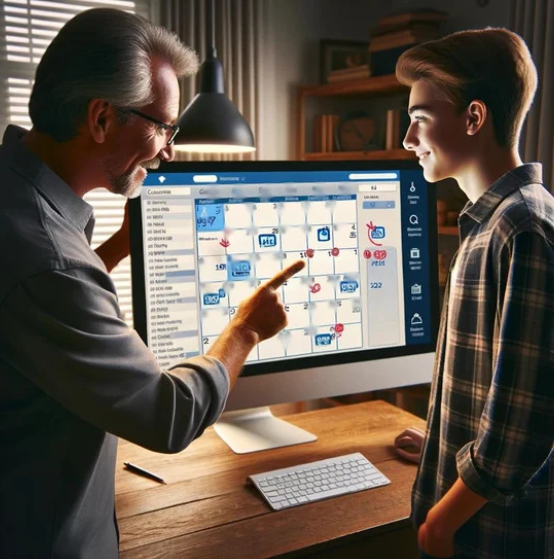

The Power of Passion
More than anything, choose a teacher who instills passion and creativity in their students over a rigid, graded approach. While musical skill takes dedication and hard work, the process should be joyful. Some of the best music instructors charge modest rates because they care deeply about making music education accessible.
Moving Forward
The most expensive teacher or intensive lesson schedule does not necessarily translate to the best music education.
What matters most is finding quality instruction tailored to your child’s interests, learning style, and homeschooling priorities.
With an open dialogue about your family’s needs, thoughtful lesson planning, and a bit of creativity, you can provide your child with an excellent music education that enriches their homeschool experience to the highest degree.


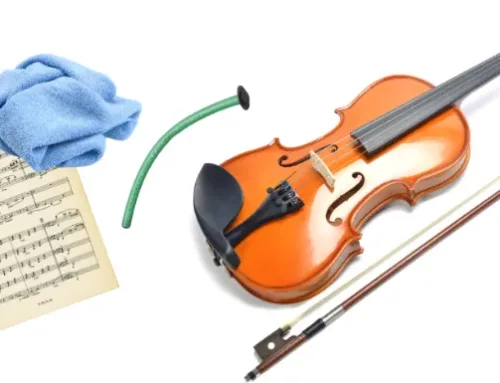
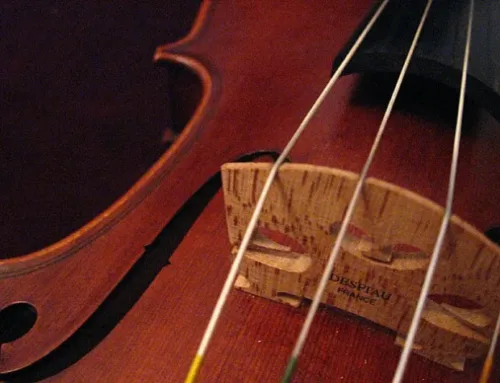
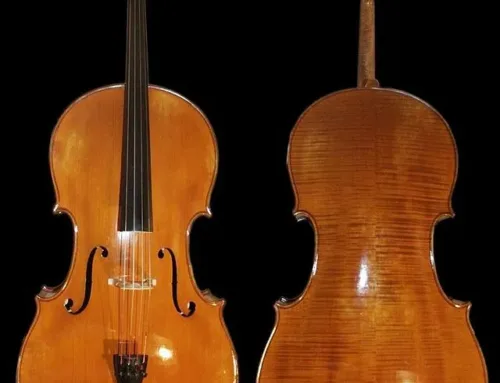
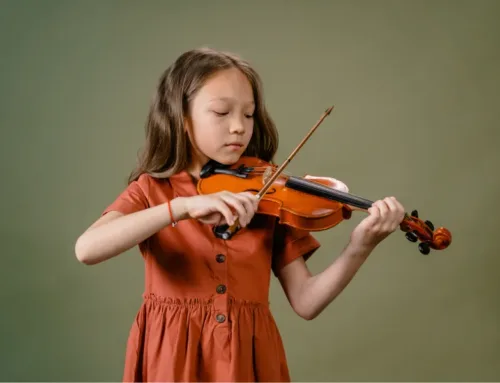


Leave A Comment
You must be logged in to post a comment.